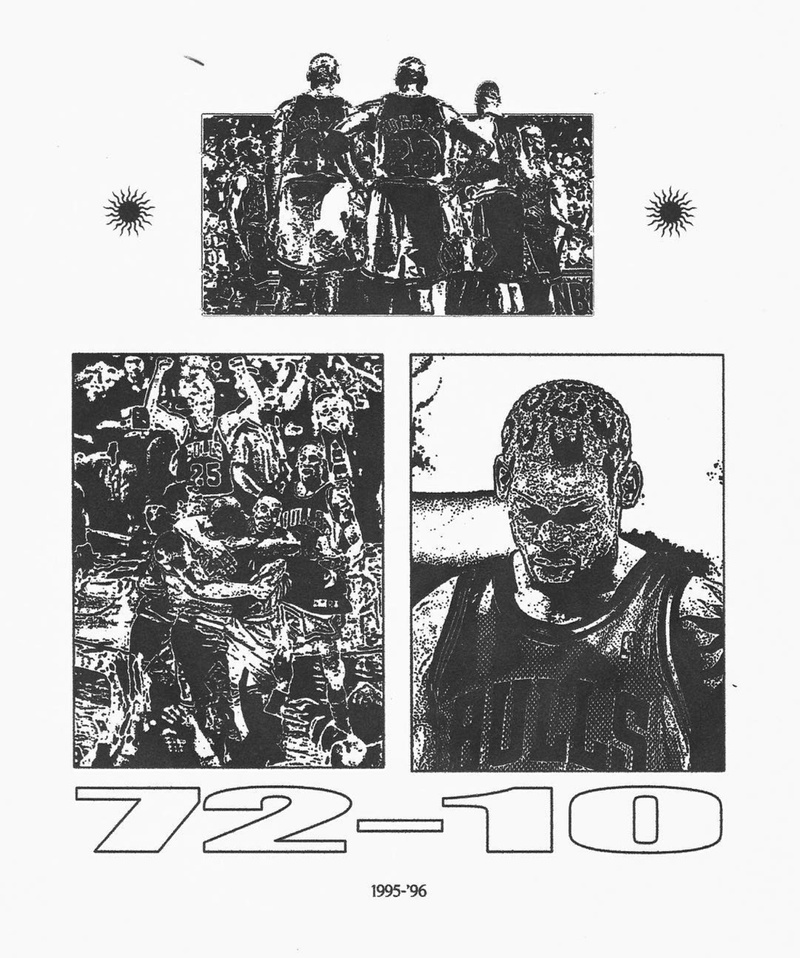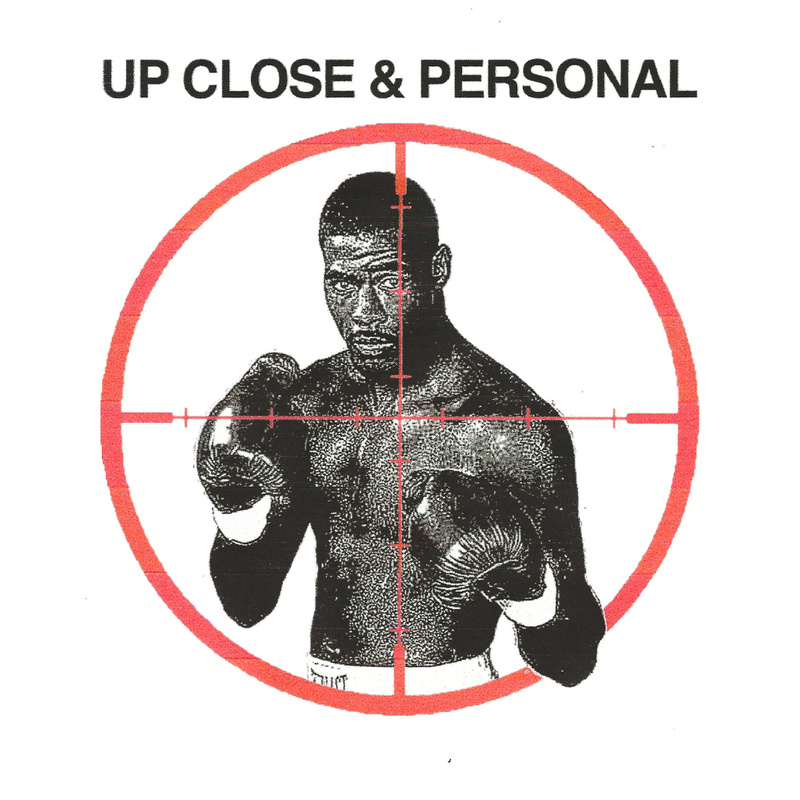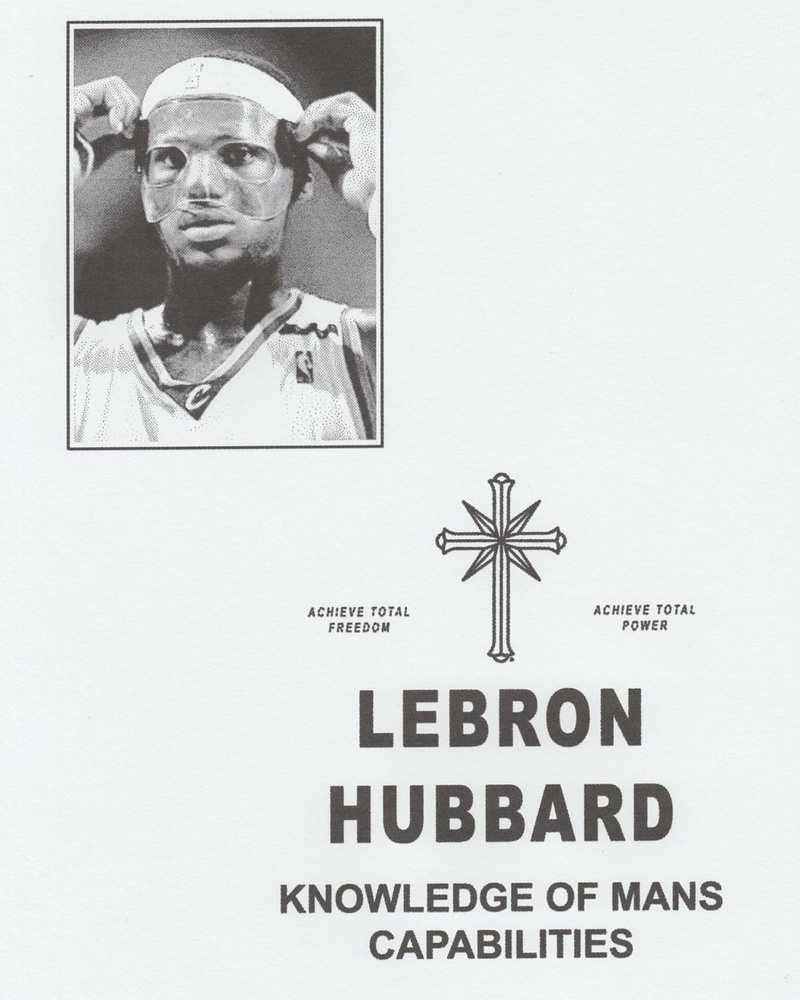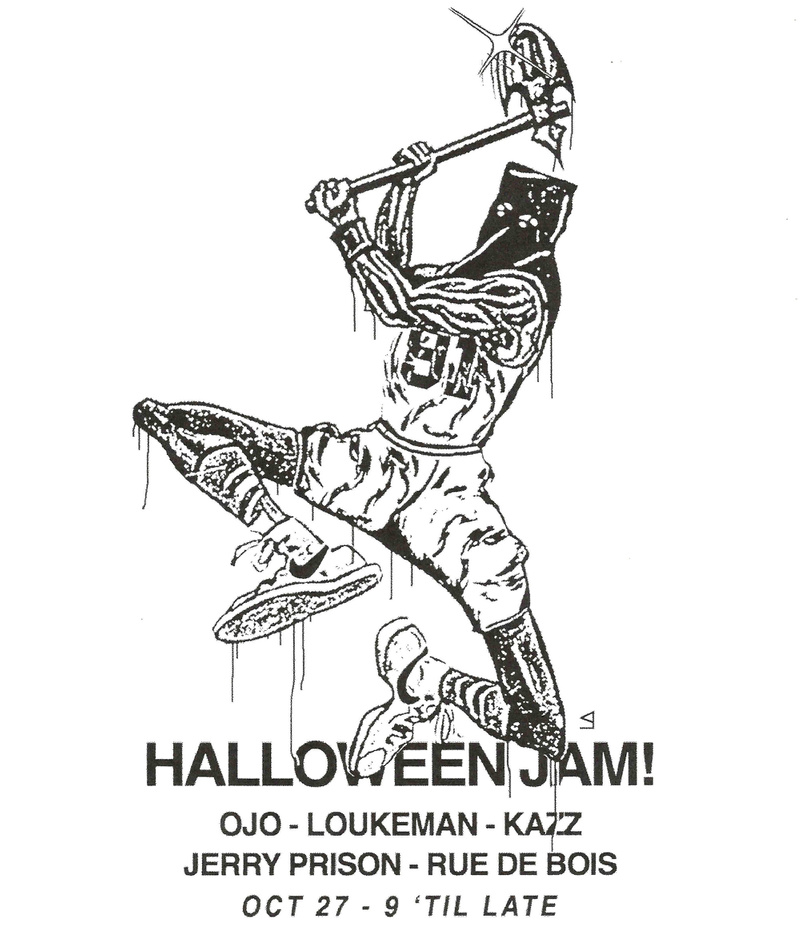What’s your current workflow like?
Ronan McGee is a graphic designer and illustrator based in Toronto. He also runs 224, an online shop which serves as a platform for some of his work. His work leverages 1900s ephemera to produce gritty yet familiar imagery.
Current work flow involves a lot of digging for references, photocopying, printing and scanning. The textures of old printed materials have always intrigued me, trying to replicate those is how I got into it.
In The Debate: A Legendary Contest of Two Giants of Graphic Design, Wim Crouwel and Jan van Toorn have a conversation about their two opposing design philosophies. The following is an excerpt from the book:
"If we reduce the two men's arguments to their most elementary form, then Crouwel believes that it is the graphic designer's sacred duty to present what the client, as message-maker, wants to say, and to do this as clearly and objectively as possible. The designer has no reason or justification to become personally involved in the message, imposing his vision between sender and receiver; to do so will inevitably cloud and confuse that message and make it harder for the viewer to understand. For Van Toorn, this technician-like posture of detachment is an illusion. He argues that there can be no such thing as an objective message and no neutrality on the part of the designer, because any act of design, in which the designer takes the role of intermediary, will introduce an element of subjectivity. Since this is the case, the designer should explicitly acknowledge and make use of the opportunity to construct and critique design's social meaning. For the designer to take this course, rather than hiding behind a mask of neutrality, both engages and liberates the viewer. Once the designer acknowledges that subjective intervention is inevitable, it is natural to want to work for clients whose content accords with the designer's personal concerns and convictions. Crouwel rejects this narrowing down of possible design clients, while Van Toorn sees Crouwel's uniformity of graphic outcome as a restriction of conceptual and aesthetic possibilities."
What are your thoughts on the two ideologies and how do you determine which side to veer towards?
I think one can be on either side of this debate given the situation. There is a sweet spot between the two ideas. The designer should have creative control, but it is the client's duty to hire someone who will fit the project. Design suffers when that bond is off-kilter, in either direction.
Can you upload the last 5 photos from your camera roll?
Was there a conscious effort to develop or articulate a style in your work? What references, image production methods, time periods or motifs do you feel drawn towards?
I’m drawn to different types of ephemera from throughout the 1900’s. (Classifieds, instruction manuals, produce boxes etc..) There is an ongoing conscious effort to replicate the textures I see in them; the stippling, half tones and little imperfections from the printer. I like the simplicity and permanence of old printed matter, and I try to achieve that in my work.
What are some primary ways you consume your content / references?
Usually through eBay, there is endless pages of retro print for sale on eBay, and I can search for exactly what I’m looking for.
Can you speak about 224?
224 is a platform that serves as my design portfolio as well as a shop where I occasionally rescue unused graphics. Often my favourite designs don’t find a home, if I still feel strongly about them after a while I’ll print them on a shirt or something and publish it there.
Do you see 224 being limited to apparel?
I’ve never thought about it as limited to apparel, I guess its just happened that way so far. I’m not sure what’ll be next. I’ve always wanted to make a book or something, but no plans right now.
How do you integrate inspiration from your personal life to your work and do you ever try to separate the two?
There isn’t really any separation there. It’s all intertwined. I can’t think of a better source of inspiration.
How do you manage your schedule? What’s your typical day like these days?
I have two day jobs, so I try to design in between, wherever it fits into the schedule.
What would your dream project be?
Something ridiculous, like a logo for Scientology or the UN. It would be quick, my favourite designs kind of pop in my head and I have to execute them right away. Stuff gets cloudy when I re-visit it too many times.
The designer should have creative control, but it is the client's duty to hire someone who will fit the project. Design suffers when that bond is off-kilter, in either direction.
Can you share one example of your work and what the source imagery looks like vs the final result?
How do you catalog your references?
In very messy folders on my laptop.
How much of your process is analog vs digital?
In terms of time, 90% of the process is digital but the short analog parts are the most important.



